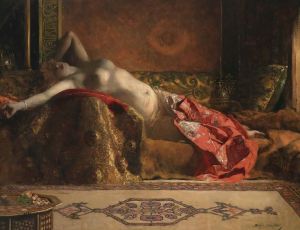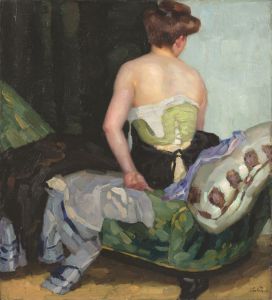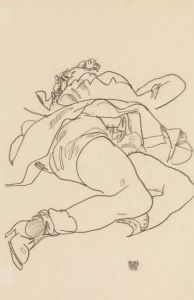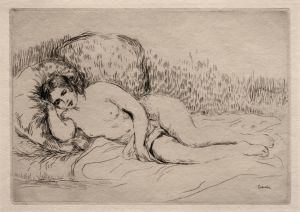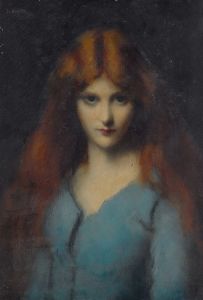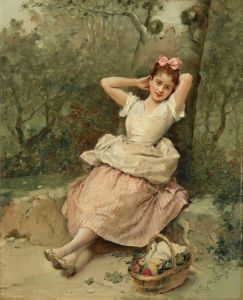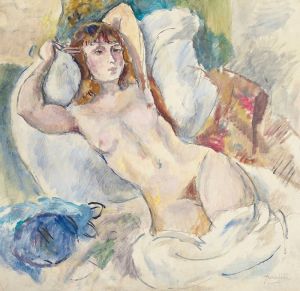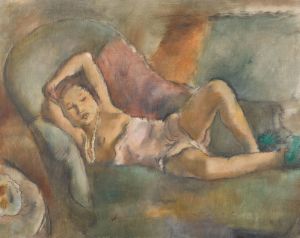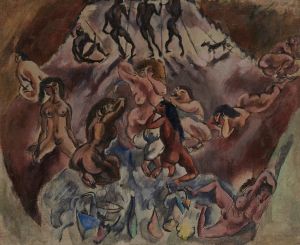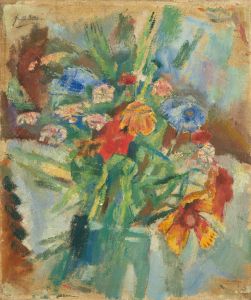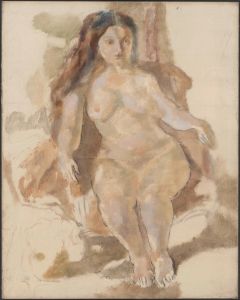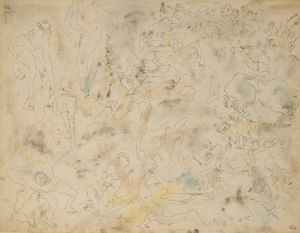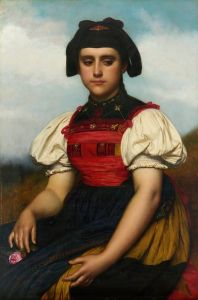
Jeune fille étendue
A hand-painted replica of Jules Pascin’s masterpiece Jeune fille étendue, meticulously crafted by professional artists to capture the true essence of the original. Each piece is created with museum-quality canvas and rare mineral pigments, carefully painted by experienced artists with delicate brushstrokes and rich, layered colors to perfectly recreate the texture of the original artwork. Unlike machine-printed reproductions, this hand-painted version brings the painting to life, infused with the artist’s emotions and skill in every stroke. Whether for personal collection or home decoration, it instantly elevates the artistic atmosphere of any space.
Jules Pascin, born Julius Mordecai Pincas in 1885, was a Bulgarian-born artist known for his association with the early 20th-century Parisian avant-garde. He became a prominent figure in the art world, particularly noted for his depictions of women and his contributions to the expressionist movement. One of his notable works is "Jeune fille étendue," which translates to "Young Girl Lying."
"Jeune fille étendue" is a painting that exemplifies Pascin's characteristic style, which often combines elements of expressionism and post-impressionism. The painting portrays a young girl in a reclining position, capturing a moment of repose and introspection. Pascin's use of color and form in this work is indicative of his broader artistic approach, which often involved a delicate balance between realism and abstraction.
Pascin's technique in "Jeune fille étendue" is marked by his fluid brushwork and a subtle palette that often includes muted tones, creating a sense of intimacy and immediacy. The composition of the painting is carefully constructed to draw the viewer's attention to the subject's serene expression and relaxed posture. This focus on the emotional and psychological state of the subject is a hallmark of Pascin's work, reflecting his interest in the human condition and the complexities of personal identity.
Throughout his career, Pascin was deeply influenced by his experiences in various cultural settings. Born in Bulgaria, he spent time in Vienna and Munich before settling in Paris, where he became part of the vibrant artistic community in Montparnasse. This diverse background contributed to his unique perspective and artistic style, which often incorporated elements from different artistic traditions and movements.
Pascin's work, including "Jeune fille étendue," is often associated with the School of Paris, a group of artists who were active in the French capital during the early 20th century. This group was known for its diversity and the blending of various artistic influences, which is evident in Pascin's work. His paintings often explore themes of femininity, intimacy, and the complexities of human relationships, rendered with a sensitivity and depth that resonated with audiences of his time and continues to do so today.
Despite his success, Pascin's life was marked by personal struggles, including bouts of depression and a sense of alienation. These experiences often found expression in his art, imbuing his works with a poignant sense of vulnerability and introspection. "Jeune fille étendue," like many of his paintings, can be seen as a reflection of these inner conflicts, capturing a moment of quiet contemplation that invites viewers to engage with the emotional depth of the subject.
Pascin's legacy as an artist is significant, and his works remain an important part of the canon of early 20th-century art. "Jeune fille étendue" is a testament to his skill as a painter and his ability to convey complex emotional states through his art. Today, his paintings are held in numerous public and private collections, where they continue to be appreciated for their artistic merit and emotional resonance.





